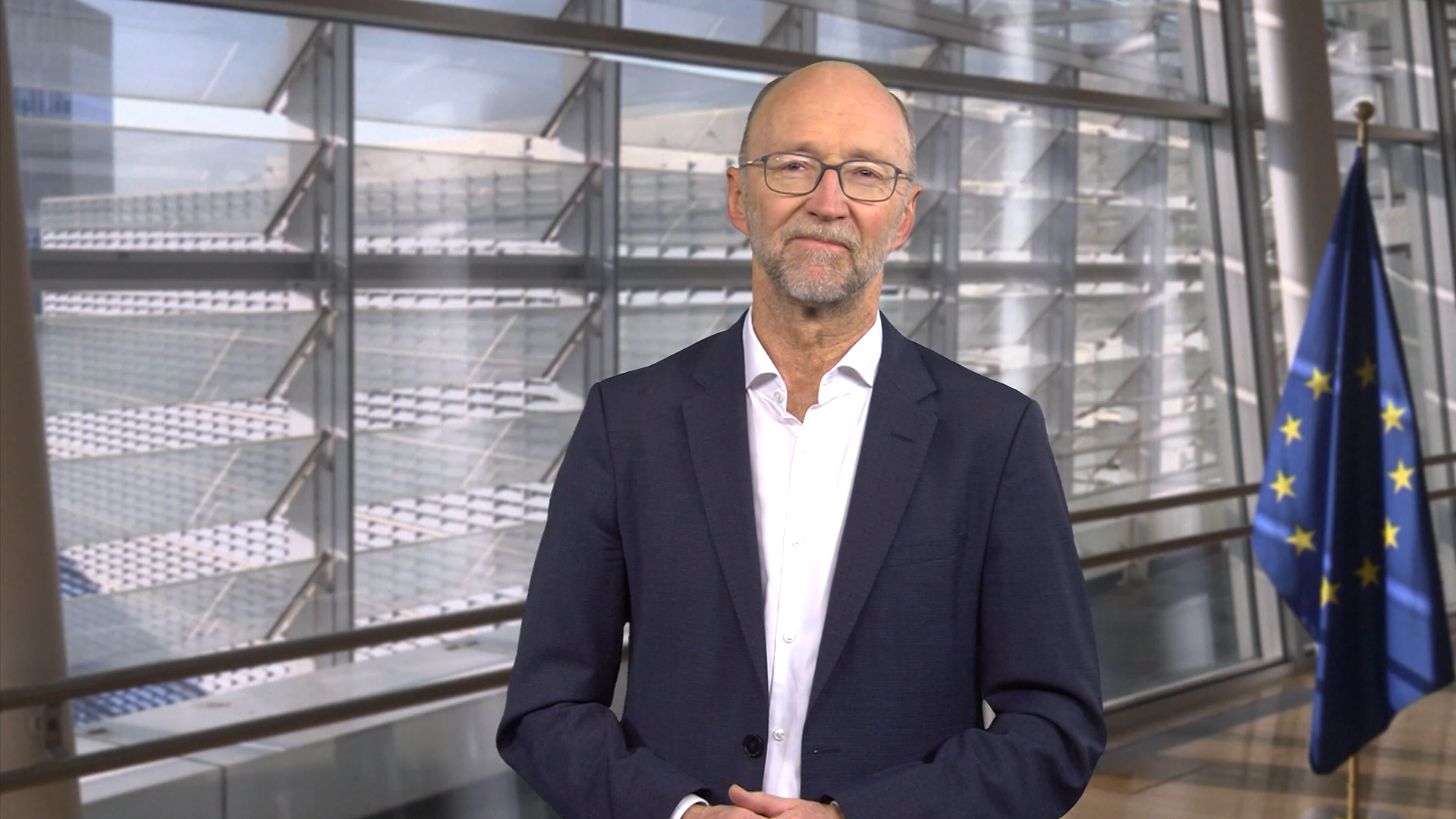Interest in studying abroad only continues to rise as the world moves further away from being afflicted by a worldwide pandemic [ICEF Monitor]. As students travel in droves to different countries for higher education, it becomes increasingly important to study how student mobility affects student housing demand trends. After all, students can only thrive in their studies when they are accommodated well with the proper provision of housing. Unfortunately in 2022, the average provision rate for PBSA across European cities was only 12.5%, which was down from 13% in 2021 [Savills]. This means that the delivery of new beds in 2022 was not enough to catch up to the overall increase in students.
As part of the continuous endeavour to understand the connection between student mobility and student housing demand, The Class Foundation hosts the Student Demand Survey in spring every year with the aim of predicting trends for the upcoming academic year. The results from this survey help to identify the correlation between bookings and occupancy in PBSA and admission and enrolment numbers in universities across Europe. Included in this survey are questions regarding what PBSA providers believe are crucial for fulfilling student needs and what their communication with local universities is like.

Here are some of the key trends and insights taken from the surveys conducted over the last 2 years:
1. The proportion of international students coming from different origins has shifted, with greater amounts of students coming from Asia (17% to 25%), and South America (5% to 9%) in 2022 compared to 2021.
We can attribute this shift in international student proportions to a few critical factors. The first is that regions outside of Europe might have still faced hindrances to studying abroad in 2021 due to the regulations and present effects of COVID-19. As these regulations eased up in 2022, significant source countries such as China are able to send more students abroad again.
2. Rise in predicted occupancy: Predicted occupancy rates rose across the board in 2022, to all having 90-100%.
In conjunction with the resumption of international student mobility in 2022, predicted occupancy rates all rose to near maximum. This was to be expected with the greater influx of international students.
3. Prices started to go up in 2022: In 2021, all respondents reported no change in their pricing for their student accommodation units. However, in 2022, there was a 3% increase in pricing in all units.
This overall increase in rent could have been a sign of markets recovering in 2022, with increasing rents to recoup the losses of previous years, as well as an indication of the increasing demand for PBSA (which remains undersupplied).
4. Not enough collaboration between universities and providers: Only 46% of accommodation providers were informed about their surrounding universities’ growth strategy in 2022, with 8% saying they were only informed “sometimes”.
This piece of data from our survey indicated that there is still much to be done in the way of higher education - accommodation provider relationships. When universities continue to actively recruit abroad without considering where students will get to stay, you end up with issues such as the one in the Netherlands; an overabundance of international students with no housing options.
5. Important aspects for students according to housing providers: What was perceived as most important for students by operators shifted from 2021 to 2022. In 2022, safety ranked number 1 followed by amenities and services, then affordability. In 2021, it went in this respective order: amenities and services, safety, and flexible cancellation.
What’s interesting is that safety, amenities and services, and affordability were always ranked high, and sustainability along with length of contract were consistently perceived as not as important.
In conclusion, the Student Demand Forecast Survey conducted by The Class Foundation provides valuable insights into the trends and shifts into student mobility and student housing. The survey results for 2022 indicate an increase in international students coming from Asia and South America in tandem with a rise in predicted occupancy rates.
The survey also highlights the need for better collaboration between universities and accommodation providers and sheds light on what, according to operators, students consider most important when looking for housing. Overall, the insights gathered from the survey can help accommodation providers make informed decisions to better meet the needs of students in the future.
If you are an operator and would like to participate in this year’s survey, please email research@theclassfoundation.com




